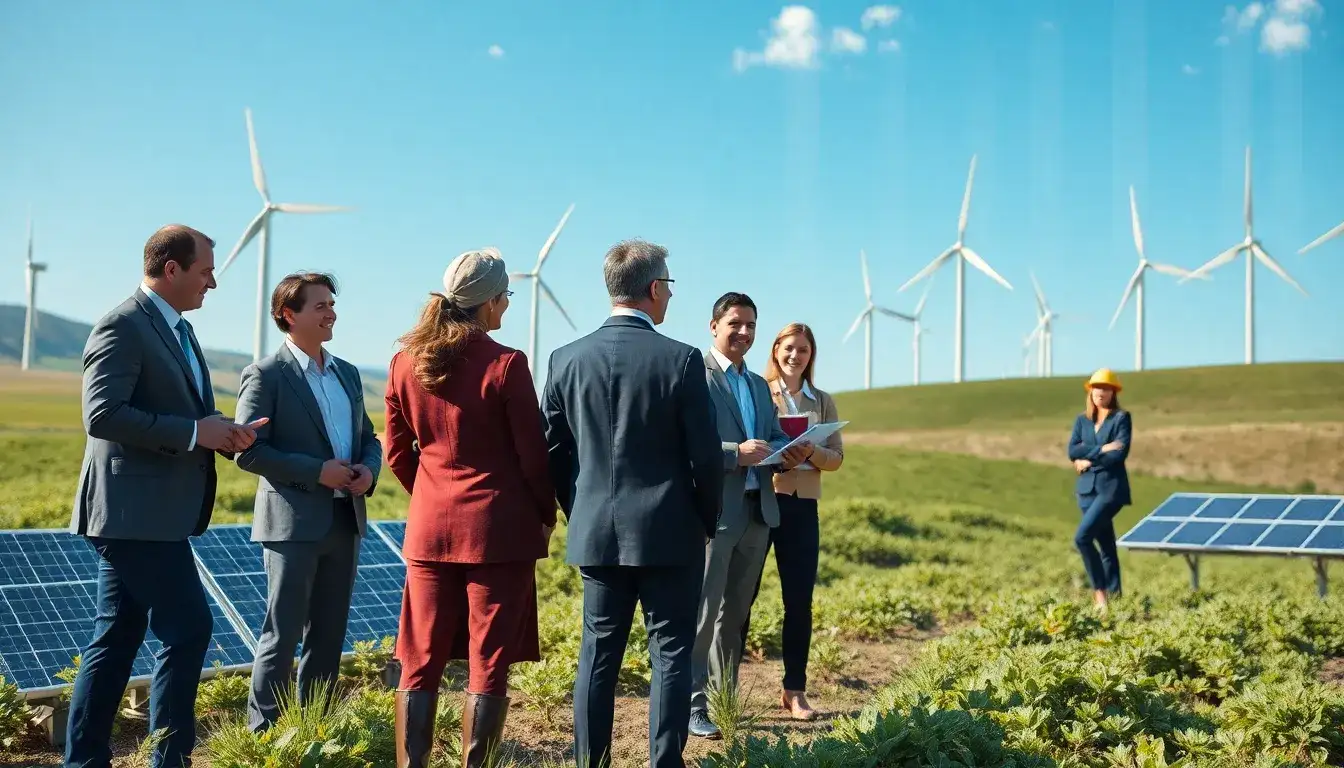
Policy Promotion + Supply and Demand Coordination: Will this energy transition mechanism continue to evolve?
March 31, 2025, 09:11
In recent months, the energy sector has faced significant fluctuations in prices, particularly in regard to battery materials such as lithium, cobalt, and nickel. These price variations have prompted industry stakeholders to reassess their strategies. In the supply chain, manufacturers are increasingly hesitant to continue production as the policies surrounding energy transitions seem to be changing rapidly.
It is anticipated that the policy promotion will boost the energy market by the first quarter of 2025. The National Energy Administration has been releasing guidelines aimed at facilitating the development of renewable energy projects. These include initiatives to reform electricity pricing and promote high-quality renewable energy development.
As of April 30, projects approved prior to this date have benefited from favorable electricity prices; however, projects approved afterward can only opt for self-generated electricity or partial grid connection, limiting their ability to benefit from the favorable pricing structure. Starting May 31, newly approved projects will transition to a pricing mechanism linked to the general electricity market, eliminating their eligibility for state subsidies.
Market analysts suggest that the energy transition is driven by a combination of policy support and a growing demand for sustainable energy solutions. In Europe, significant strides have been made in developing renewable energy sources, with countries ramping up their targets for energy production from solar and wind resources.
Experts predict that by 2025, the European renewable energy market will see substantial growth, driven by both domestic production and favorable regulations. The European Union has set ambitious goals to ensure that renewable energy accounts for a significant share of energy consumption.
Furthermore, the International Energy Agency (IEA) projects that by 2030, the renewable energy sector will meet a substantial portion of electricity demand, with solar energy expected to contribute significantly. According to the IEA, approximately 80% of the expected energy mix will come from solar sources.
As companies adapt to this evolving landscape, many are implementing strategies to enhance their competitiveness in the renewable energy sector. Notably, automotive manufacturers are increasingly investing in electric vehicle technologies and sustainable practices.
In conclusion, as the energy transition continues to unfold, the interplay between policy, supply, and demand will be crucial in shaping the future of the renewable energy market. The emphasis on sustainability and innovation will drive the industry forward, paving the way for a more resilient energy future.







